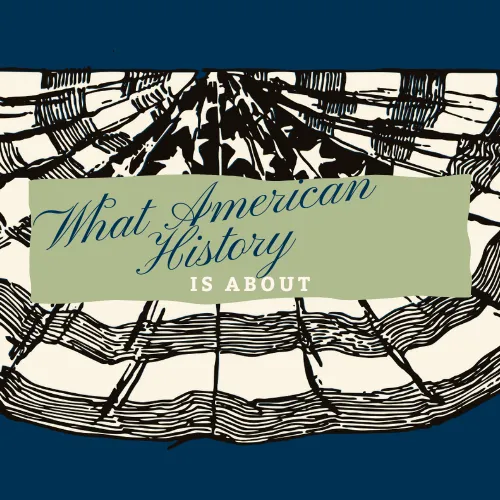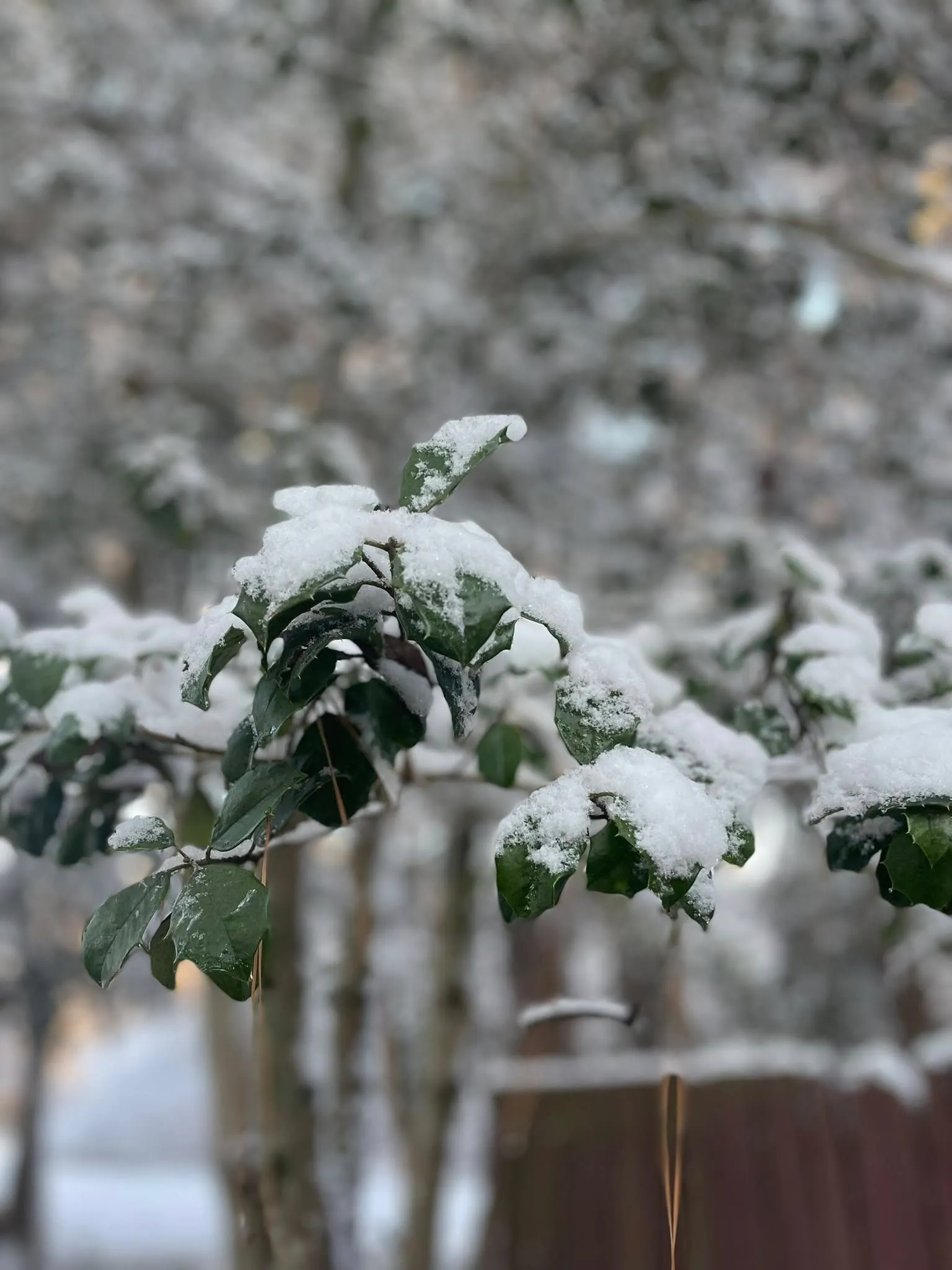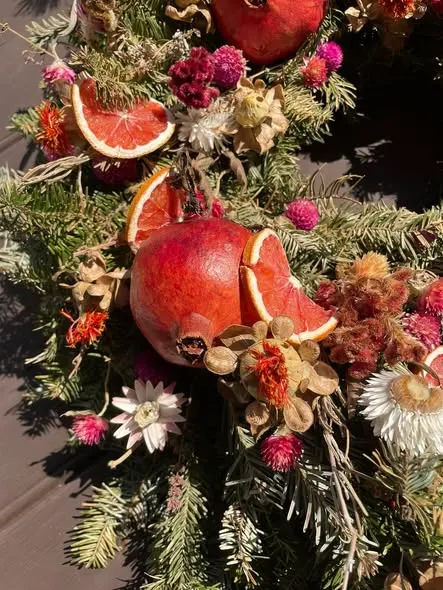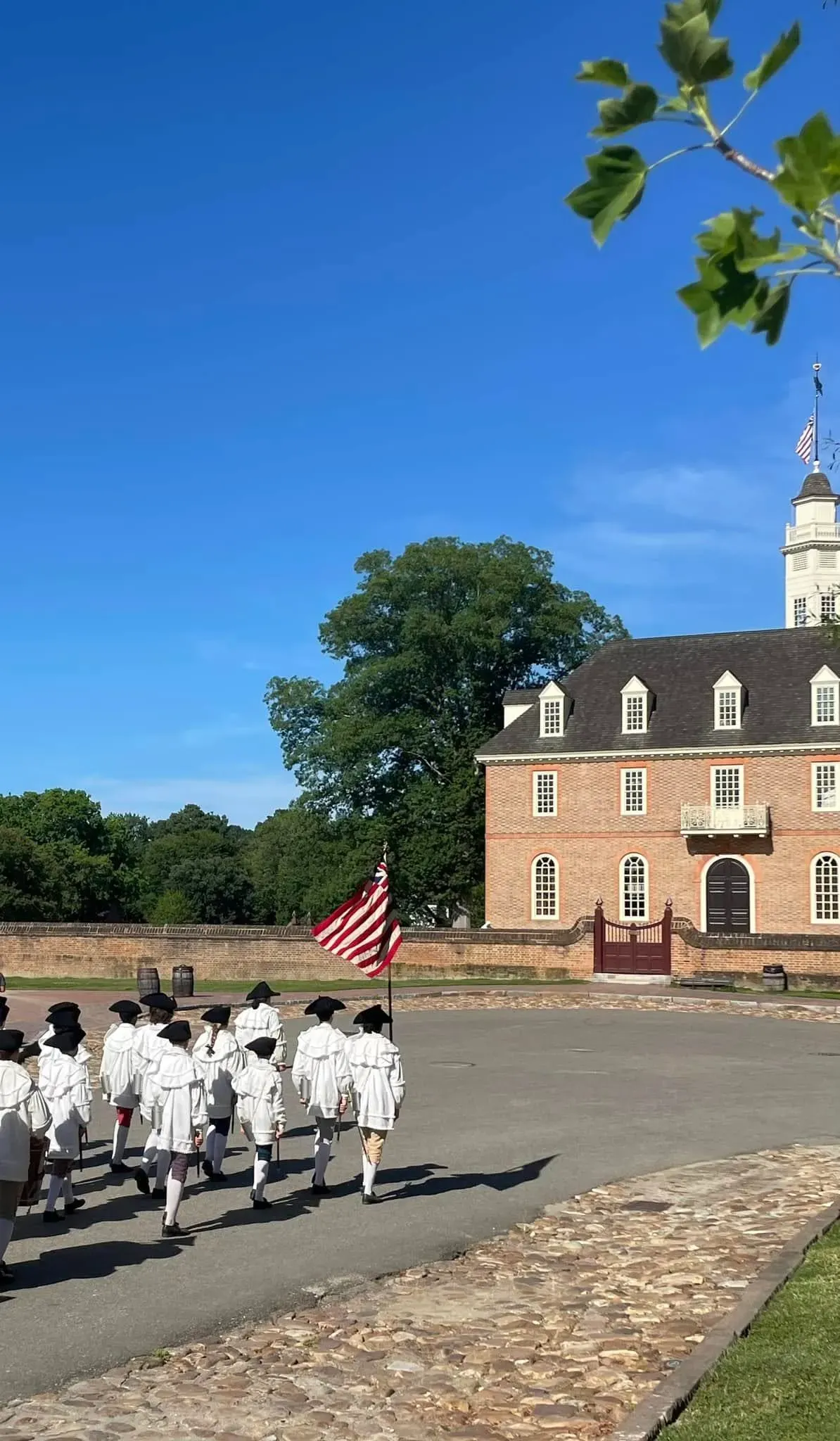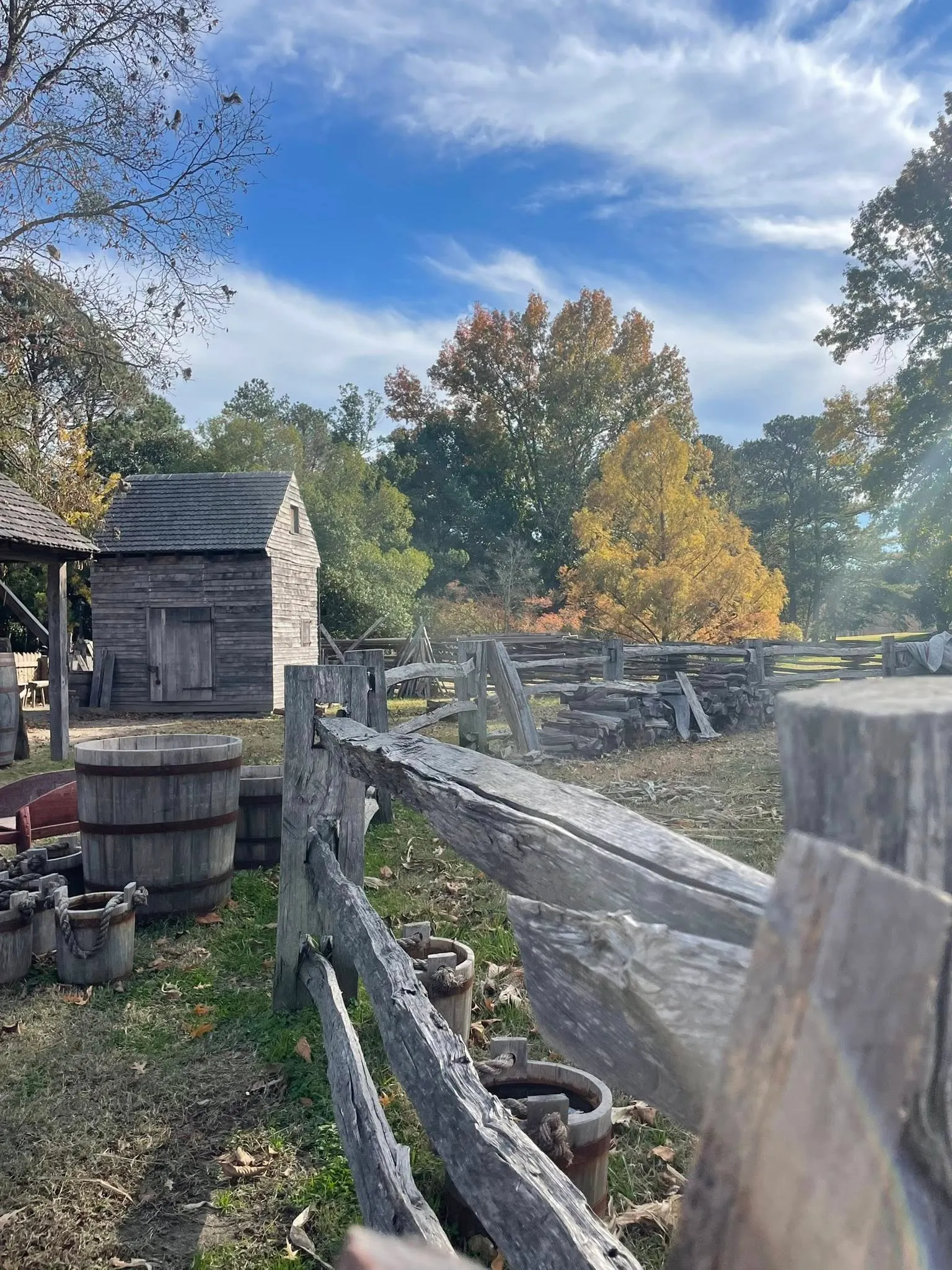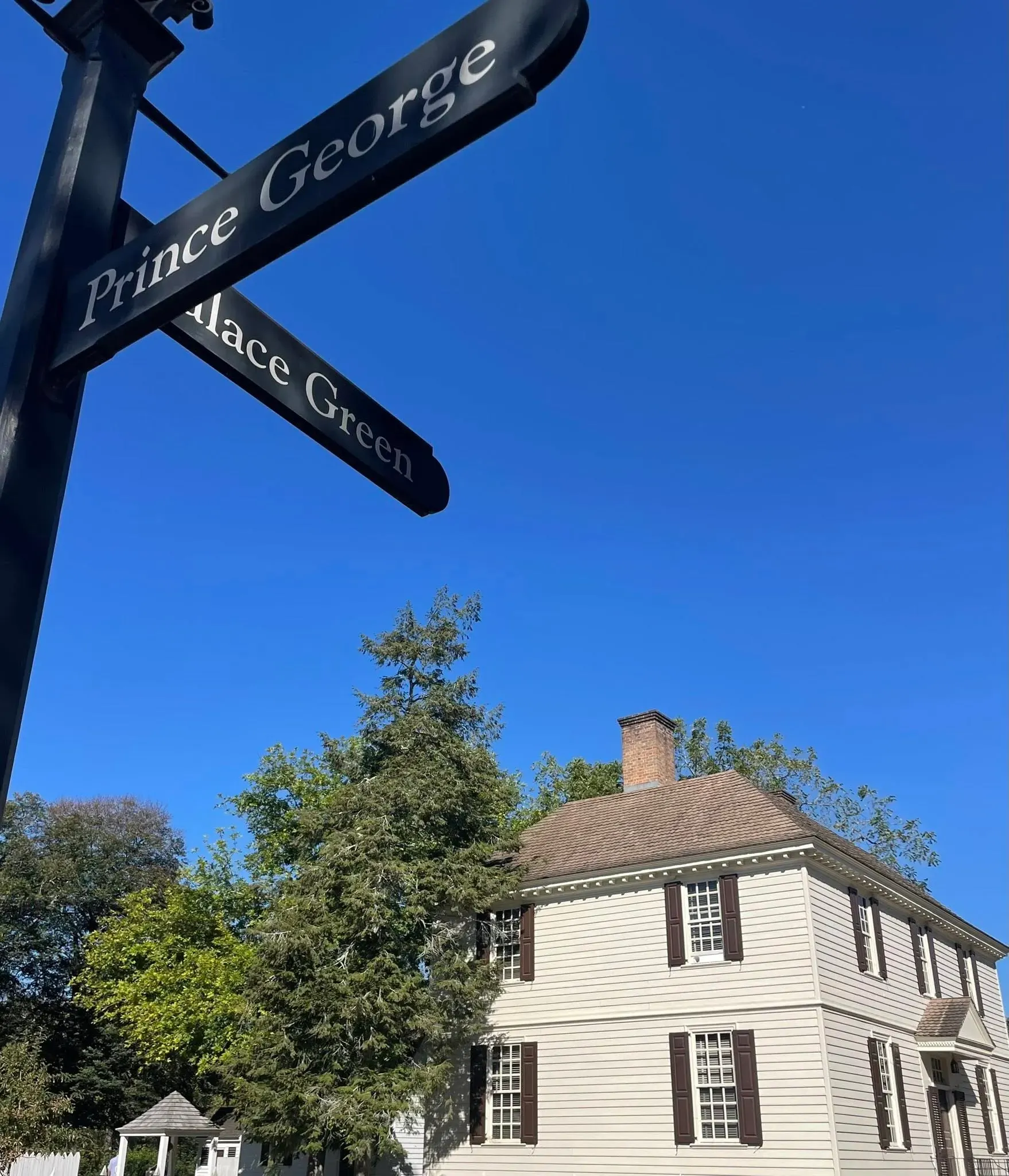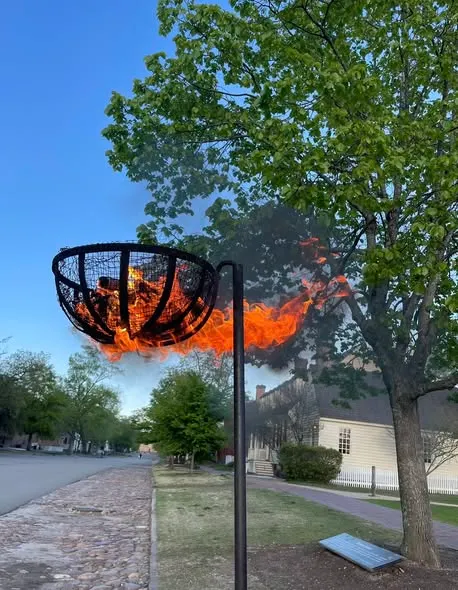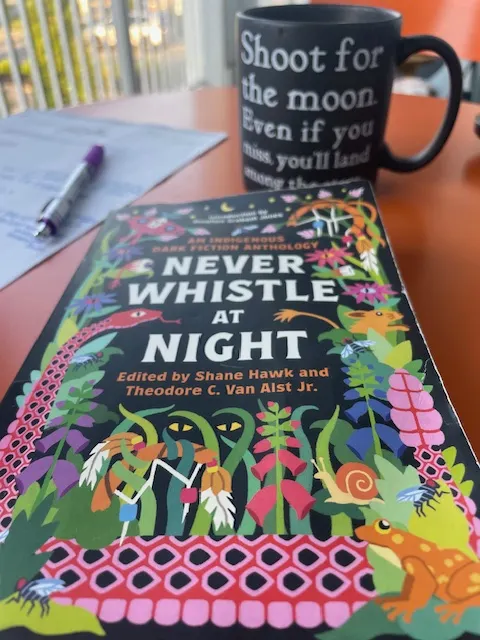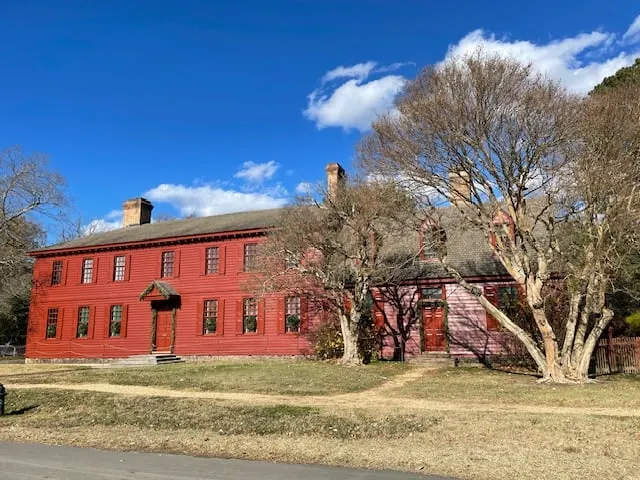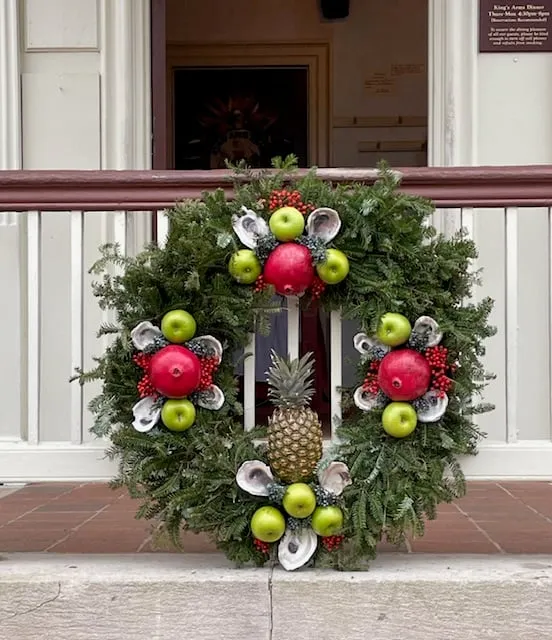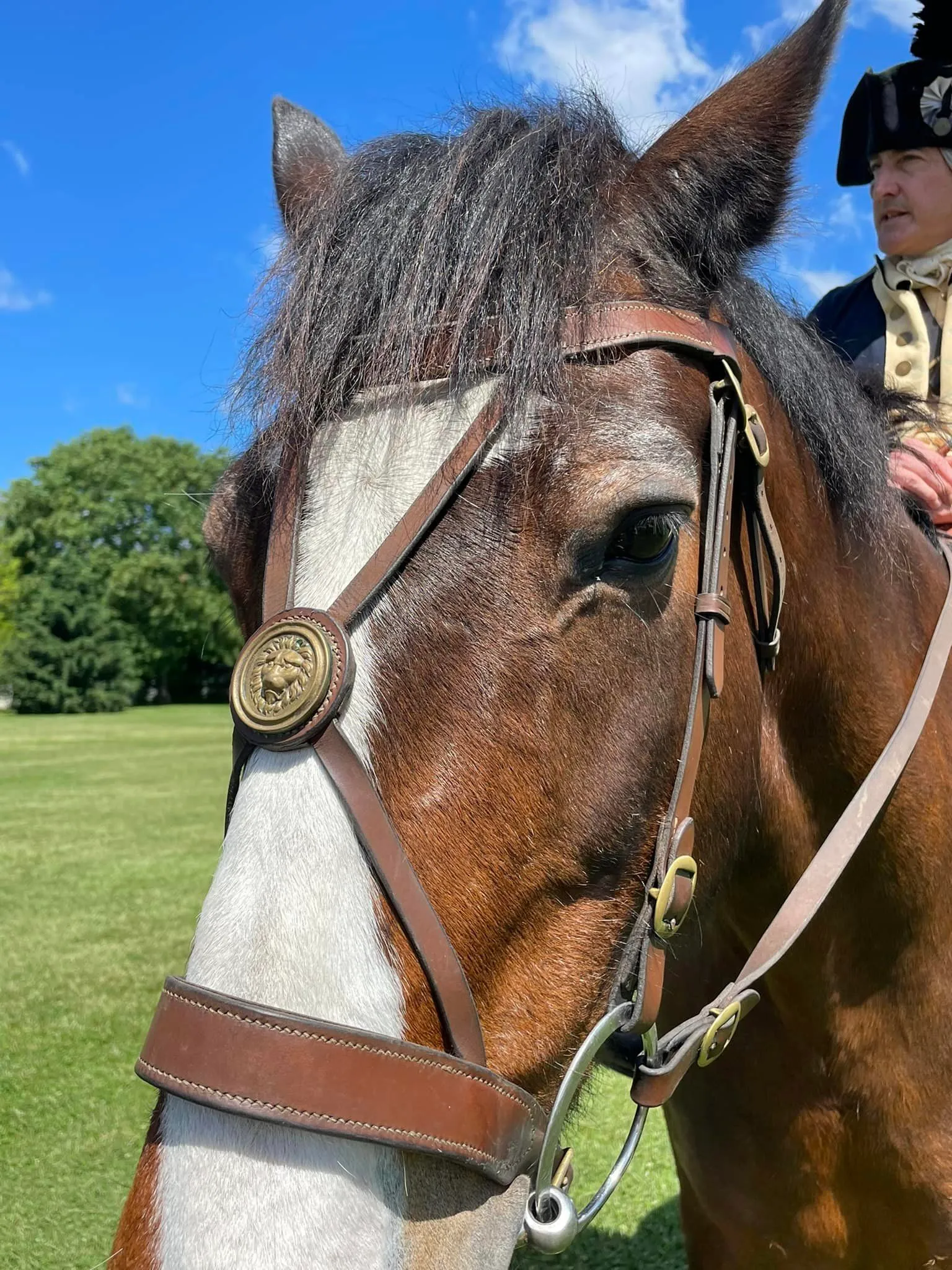Embracing Spontaneity in History: Two Unplanned Learning Experiences
Yesterday I was on a mission to create an outstanding blog post.
It didn't happen the way I was attempting to make it happen. Some people may have called it writer's block, but truly, I was overthinking it. I stepped back and did a post I enjoy doing - because every article doesn't have to be in-depth, full of heavy research, and 100% life-changing. Not all my research and every bit I "take in" has to have deep meaning or be recorded, tracked, and organized.
The result: a "this day in history" post I ended up LOVING. Click here if you want to check it out. It inspired new ideas and expanded on research I've started (specifically regarding George Washington and tribal nations).
I had an a-ha moment this morning. As the gray and rain are taking over what's typically a stunning blue sky in Virginia, I threw on cafe jazz and am sipping an Early Grey--and it hit me.
Being in the moment and truly embracing spontaneity is important- because immersing myself in history shouldn't be stressful- it should only create joy (as in my mission statement!). Below are two examples of embracing spontaneity, blogger-style.
RELATED: Click here to read about this blog's mission statement.
Disclaimer: As a blogger, I use affiliate links sometimes! I may receive commission from purchases I share; it does not change your price but sometimes you might get a discount.
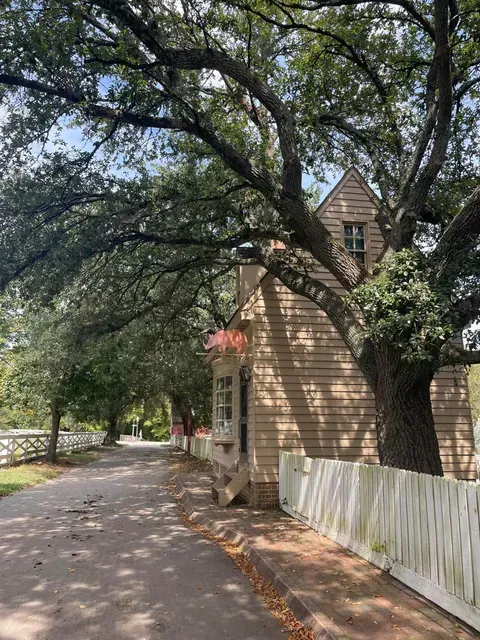
Walking in Colonial Williamsburg.
1) Embracing spontaneity with history: researching old newspapers.
I went to the John D. Rockefeller Library (the Rock), where I signed in at 9:45am. I had purpose and goals. I dropped my stuff on one of the long tables near the Virginia Gazettes and hit the books so to speak.
My idea for a blog post: September headlines of 1776. What was on the front pages 8 weeks after delegates from 13 Colonies voted for Independence? Three things happened:
1) I was overwhelmed with the length of each entry on the front pages of the Gazettes in September of 1776. Long letters, reports of battles, and so forth. Worth reading but difficult to transcribe and summarize for a blog like this one.
2) I started flipping through- beyond the front page headlines. And then I opened volumes from other years.
3) Before I knew it over an hour had passed and I had nothing related to my "idea." However, I enjoyed every moment and read some cool stuff. Here's one random bit that caught my attention.
September 5, 1771, Rind's Virginia Gazette Number 278.
NEW-YORK, August 12.
Tuefday laft a woman in this city, being in a perfect ftate of health, having drank a draught of cold water, was fuddenly feized with a fit, and expired a few minutes after.
The Thurfday following one Smith, who was a crier at a vendu-houfe in this town, in drinking cold water, when he was overheated, was foon after taken ill, and died a fhort time afterwards.
[Author's note: transcribed using an "f" for the long "s" of the period.]
Ok - I have so many ideas, thoughts, and questions including:
- Another reminder I need to do a post about the long "s" of the period.
- Why would reports of what I'll call cold-water deaths in New York be of interest to Virginians?
- What was with the water? Do I need to go down a rabbit-hole of 1771 cold-water deaths in New York? Maybe.

Street view of the Bookbinder's shop in Colonial Williamsburg.
2) Being in the moment with history: hearing someone's story about why they became a joiner.
What's a joiner? Click here for some context.
After being indoors at the Rock, staring at Virginia Gazettes (small print, lots of words containing a long "s"), I decided to scrap the idea of staring into my laptop and wandered to Colonial Williamsburg. Fresh air sounded better.
The tradeswoman in the joinery was discussing Greek and Roman architecture and it led to a discussion of George Mason's Gunston Hall. Which gave us a fantastic story about her love for history leading her to work at Gunston Hall where she became passionate about architecture and design, specifically 18th century. Thus her decision to apply here and become an apprentice in the joinery.
It seems that George Mason asked his brother to find an architect in London who could come to Northern Virginia to be in charge (full reign apparently) of building Gunston Hall. The man, a Mr. Buckland, was young and used the opportunity to show off the various styles he learned about, including Palladio's, which started the conversation.
I walked away inspired- some of my thoughts:
- Prioritize Gunston Hall on my to-visit list.
- Learn more about Buckland.
- Ask the incredible talent we have here and elsewhere how they decided to become part of the movement to preserve 18th century (and older) trades.
- Create an interview series about trades for this blog.
RELATED: Open a new tab and read my post that introduces George Mason on this blog by clicking here.
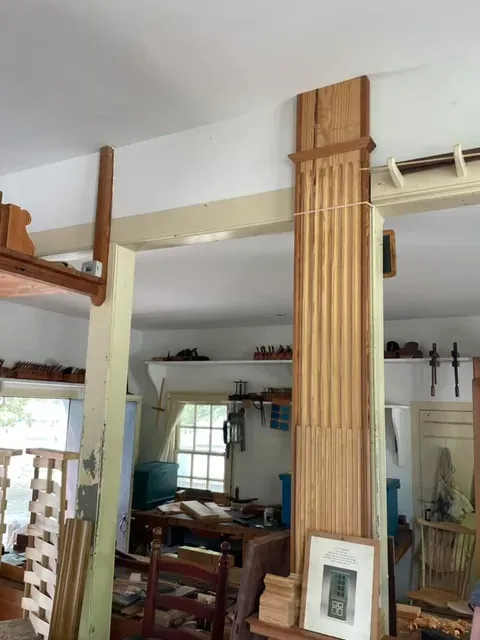
The Colonial Williamsburg Joinery.
Will I follow up on all of my ideas and questions? Maybe.
And if I don't, that's ok too! Because there is so much history. So many ideas, so many rabbit holes. I'll just continue to do what I do, taking suggestions and ideas as they come, evolving as I need to.
Who knows what tomorrow will bring as I uncover yesterday.
Closing words from history.
So you see, it's ok that I didn't accomplish what I wanted to accomplish yesterday, at least not in the way I intended.
Today's words from history, more found in my diving into the Virginia Gazettes at the Rock. This entry showing the importance of discovering the resources of America and also- how each Colony operates independent of each other.
Sep 16, 1773 Purdie and Dixon, No 1155.
Providence Auguft 14
A VERY valuable Lead Mine has lately been difcovered between Richmount and New Canaan, near Pittsfield, a Sample of which has been brought to this Town. The Ore, we are told, is fo rich that in melting it lofes only one Quarter in Weight. It lies near the place agreed on for running a Line between the Colony of New York and Providence of Massachusetts Bay, fo that it is not yet known in which Government it will fall.
A Copper Mine is likewife difcovered at New Afhford, adjoining New Providence, a Sample of which has alfo been produced here, and promifes much Advantage to the Proprietor.
___________________________________
Are you enjoying the blog? Tip me using my online tip jar!
There is a huge practical disclaimer to the content on this blog, which is my way of sharing my excitement and basically journaling online.
1) I am not a historian nor an expert. I will let you know I’m relaying the information as I understand and interpret it. The employees of Colonial Williamsburg base their presentations, work, and responses on historical documents and mainly primary sources.
2) I will update for accuracy as history is constant learning. If you have a question about accuracy, please ask me! I will get the answer from the best source I can find.
3) Photo credit to me, Daphne Reznik, for all photos in this post, unless otherwise credited! All photos are personal photos taken in public access locations or with specific permission.
